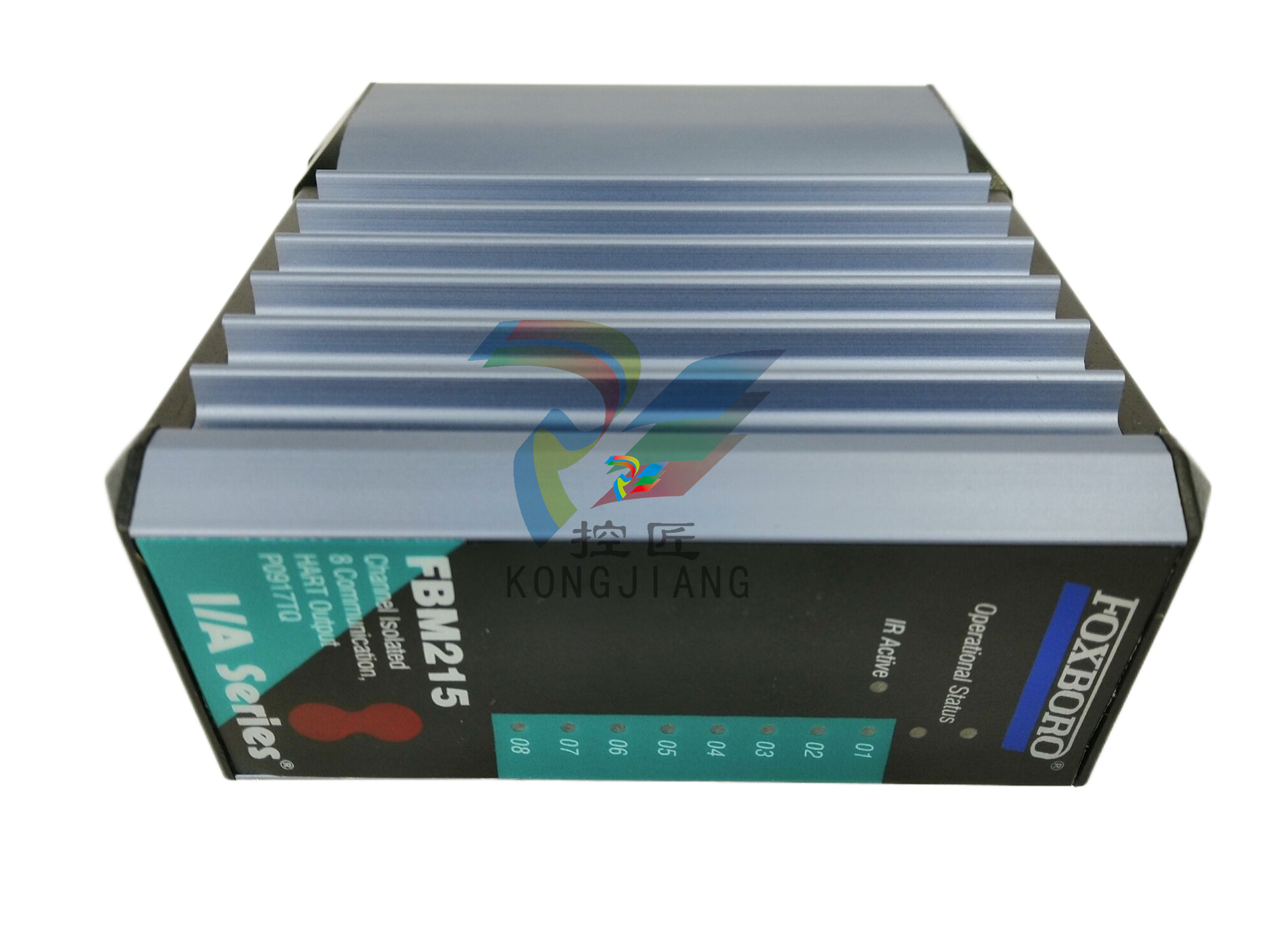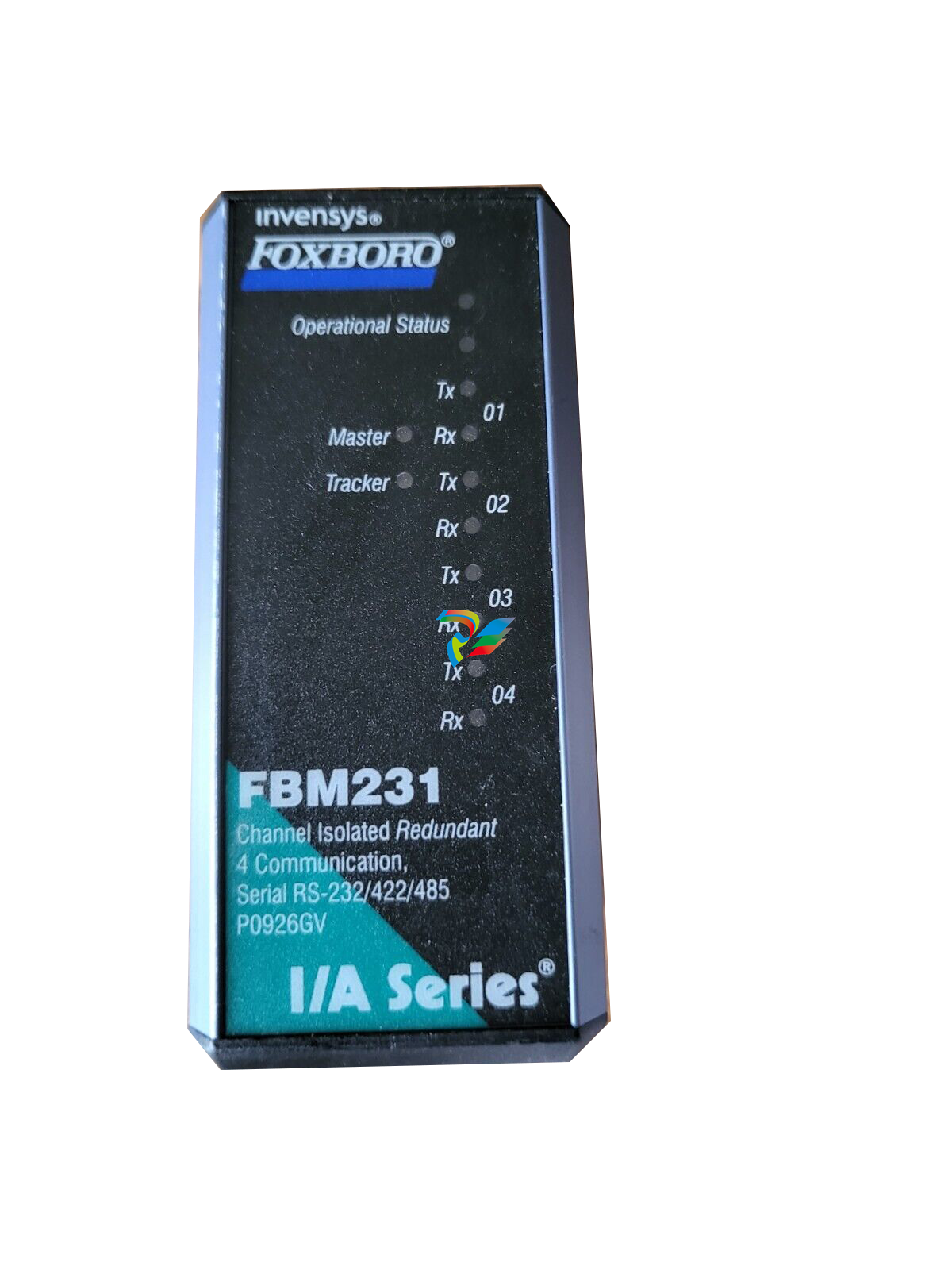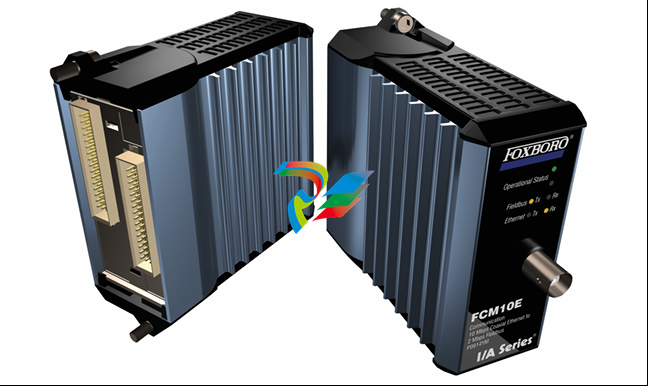
DCS; Industrial control system
Product
Article
NameDescriptionContent
NEW CENTER
Current Location:
Industrial Automation Equipment: Transforming the Food Processing Industry
From:
|
Author:huang
|
Time :2024-11-08
|
288 Browse:
|
Share:
Industrial automation has emerged as a game-changer in the food processing industry. The integration of advanced automation equipment is transforming the way food is processed, packaged, and distributed.
Automation offers several benefits to the food processing sector. Firstly, it enhances productivity. With automated systems, processes that were once labor-intensive can now be completed more quickly and efficiently. For example, conveyor belts and robotic arms can handle the movement and packaging of food products at a much faster rate than manual labor. This not only increases output but also reduces production time.
Secondly, automation improves quality control. Sensors and monitoring systems can detect defects and inconsistencies in food products with a high degree of accuracy. This helps to ensure that only products that meet strict quality standards reach the market.
Moreover, industrial automation reduces the risk of human error. In food processing, even a small mistake can lead to significant consequences, such as food contamination or incorrect packaging. Automated systems follow precise instructions and are less likely to make errors.
The food processing industry is constantly evolving, and industrial automation is playing a crucial role in its growth and development. As technology continues to advance, we can expect to see even more innovative applications of automation in the food processing sector.
二、Advantages of Industrial Automation Equipment
(一)Increased Efficiency and Productivity
Automation equipment in food processing significantly increases efficiency and productivity. For instance, automated packaging machines can package products at a rate of several hundred per minute, whereas manual packaging is much slower. According to industry statistics, the implementation of automation can increase production output by up to 50%. Conveyor systems can transport food products quickly and smoothly between different stages of processing, reducing downtime and improving the overall flow of production. Moreover, automated sorting and grading systems can accurately classify products based on size, weight, and quality, further streamlining the production process.
(二)Enhanced Quality Control
Automated systems play a crucial role in ensuring consistent product quality. Sensors and cameras can detect even the slightest imperfections in food products, such as discoloration or damage. This helps to prevent defective products from reaching the market. In addition, automated quality control systems can monitor parameters such as temperature, humidity, and pressure during processing, ensuring that products are processed under optimal conditions. For example, in food sterilization processes, automated temperature control systems can ensure that the correct temperature is maintained for the required time to kill harmful bacteria without overcooking or undercooking the food.
(三)Cost Reduction
Industrial automation can lead to significant cost reductions. By reducing the need for manual labor, companies can lower labor costs. Automated systems also tend to be more energy-efficient than manual processes, reducing operational costs. Moreover, automation can reduce waste by minimizing errors and ensuring consistent product quality. For example, if a manual packaging process results in incorrect packaging or spillage, it can lead to significant waste. In contrast, automated packaging systems are designed to be precise and efficient, reducing the amount of waste generated. Additionally, automated maintenance systems can detect potential problems before they occur, reducing downtime and maintenance costs.
三、Types of Industrial Automation Equipment in Food Processing
(一)Processing Machinery
In the food processing industry, a wide range of processing machinery plays a crucial role. For cutting tasks, automated cutting machines can precisely slice fruits, vegetables, and meats. These machines are capable of handling large volumes of produce with consistent accuracy. For example, in a meat processing plant, an automated cutting machine can cut steaks to a specific thickness with minimal variation.
Mixing machines are another essential piece of equipment. They can blend ingredients thoroughly and quickly, ensuring a homogeneous product. In a bakery, an automated mixer can combine flour, water, yeast, and other ingredients to make dough with consistent texture and quality.
Packaging machines are also vital in the food processing chain. They can package products in various forms, such as bags, boxes, and cans. Automated packaging machines can seal packages tightly, ensuring product freshness and safety. According to industry data, the use of automated packaging machines can increase packaging speed by up to 70% compared to manual packaging.
(二)Inspection and Sorting Equipment
Inspection and sorting equipment is essential for ensuring the quality of food products. Metal detectors are commonly used to detect any metallic contaminants in food. These devices can detect even small pieces of metal, such as staples or wire fragments. For example, a conveyor belt metal detector can scan products as they pass along the production line, ensuring that no metal contaminants reach the consumer.













































.jpg)
.jpg)
.jpg)





.jpg)



.png)
.jpg)

.jpg)
_lVjBYb.jpg)

.jpg)
.jpg)



.jpg)
.jpg)







.jpg)

.jpg)
.jpg)











.jpg)




.jpg)
.jpg)
.jpg)
.jpg)
.jpg)
.jpg)
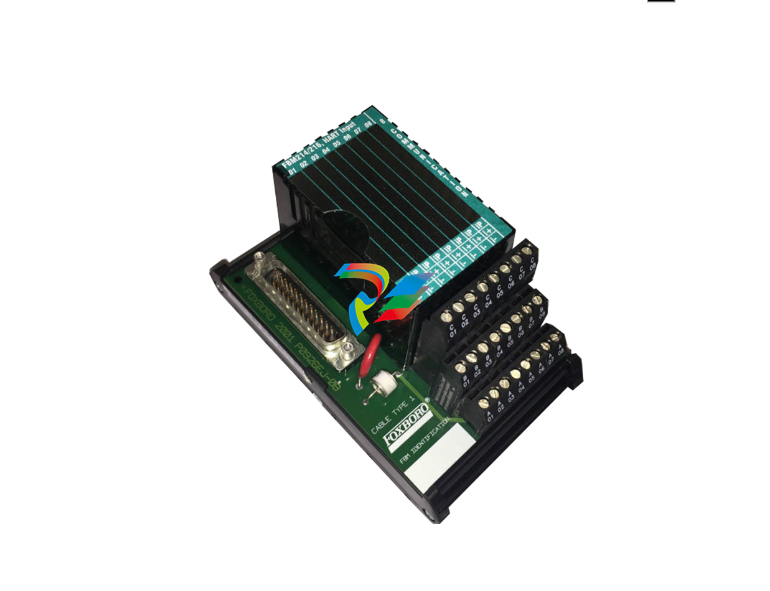
.jpg)
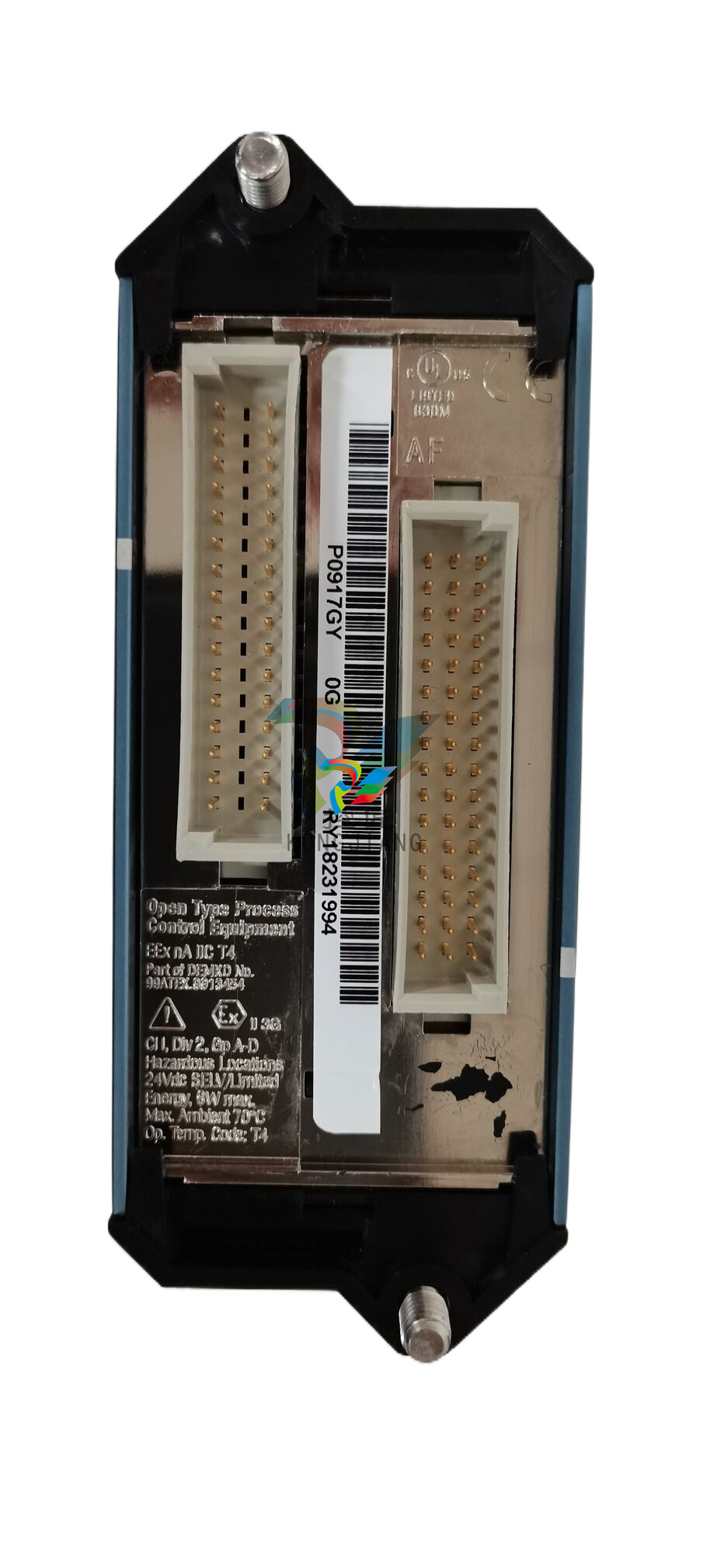
.jpg)
.jpg)
.jpg)
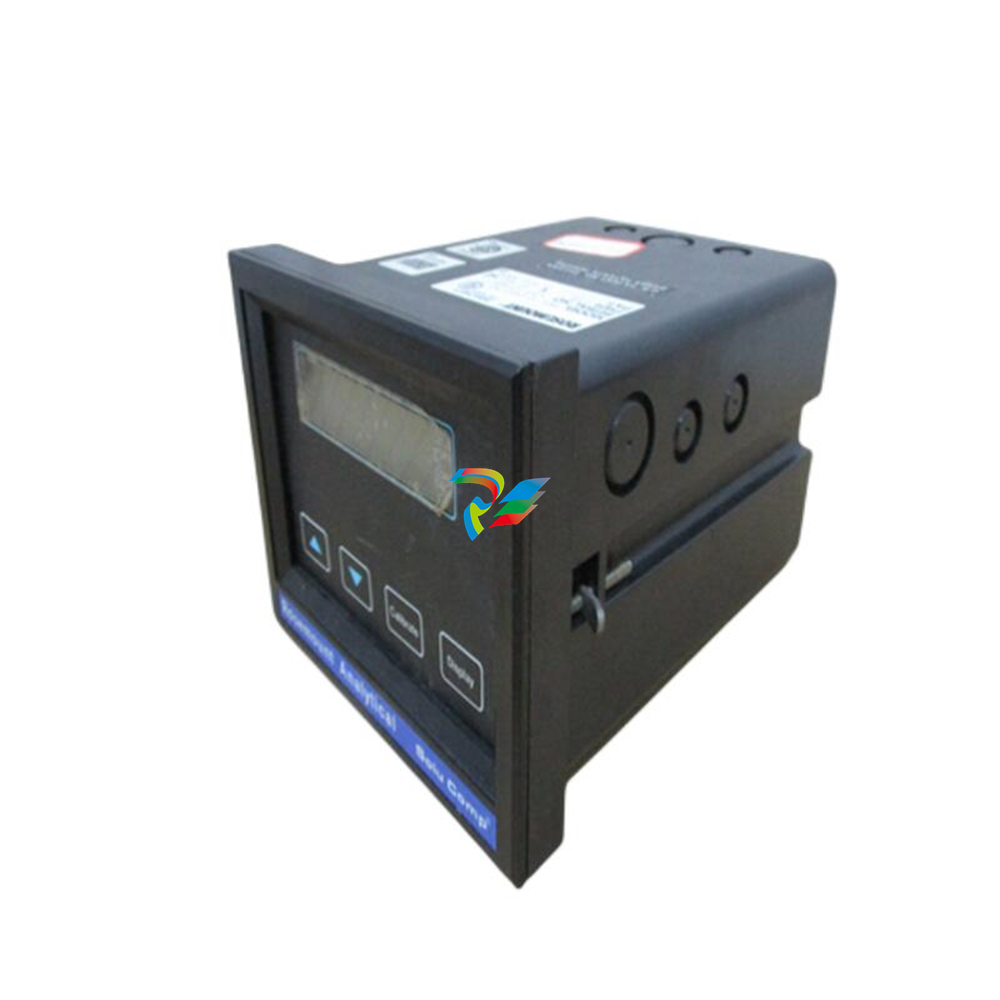
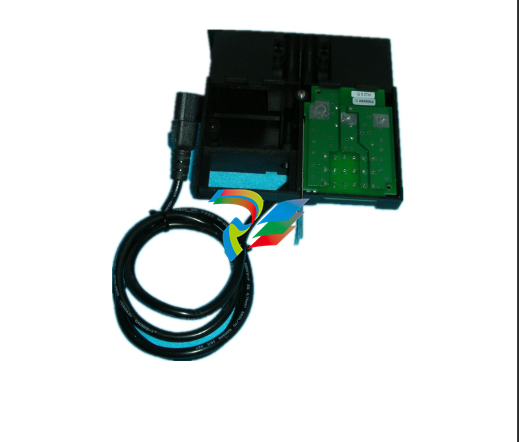
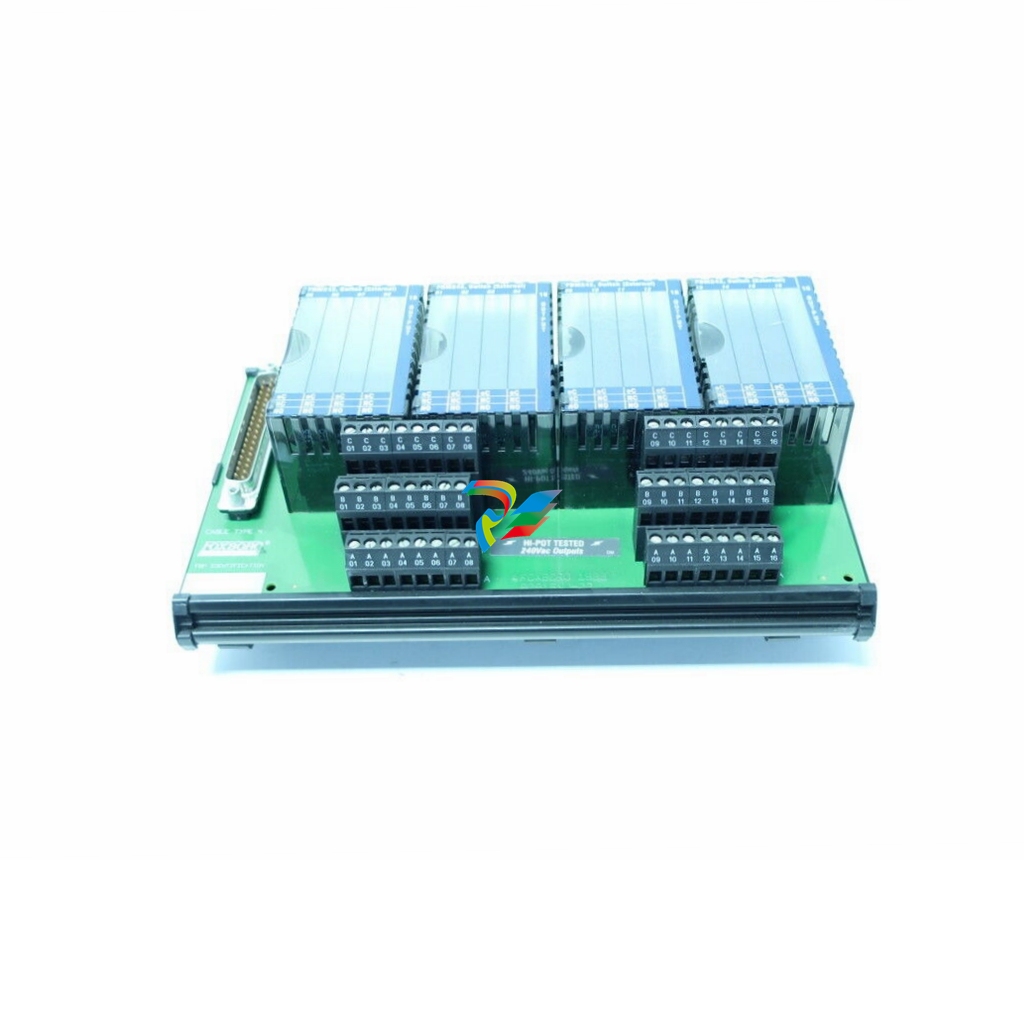
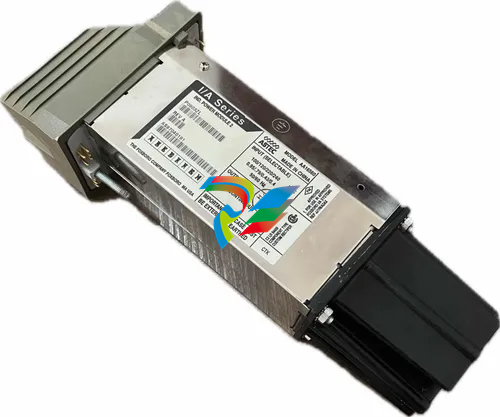
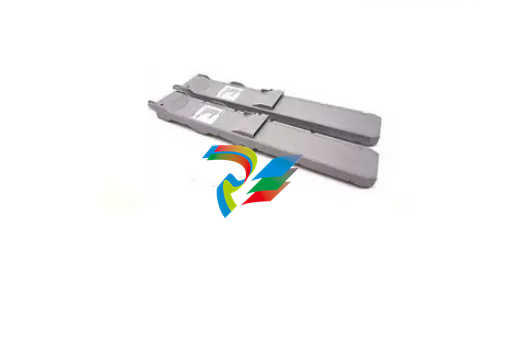
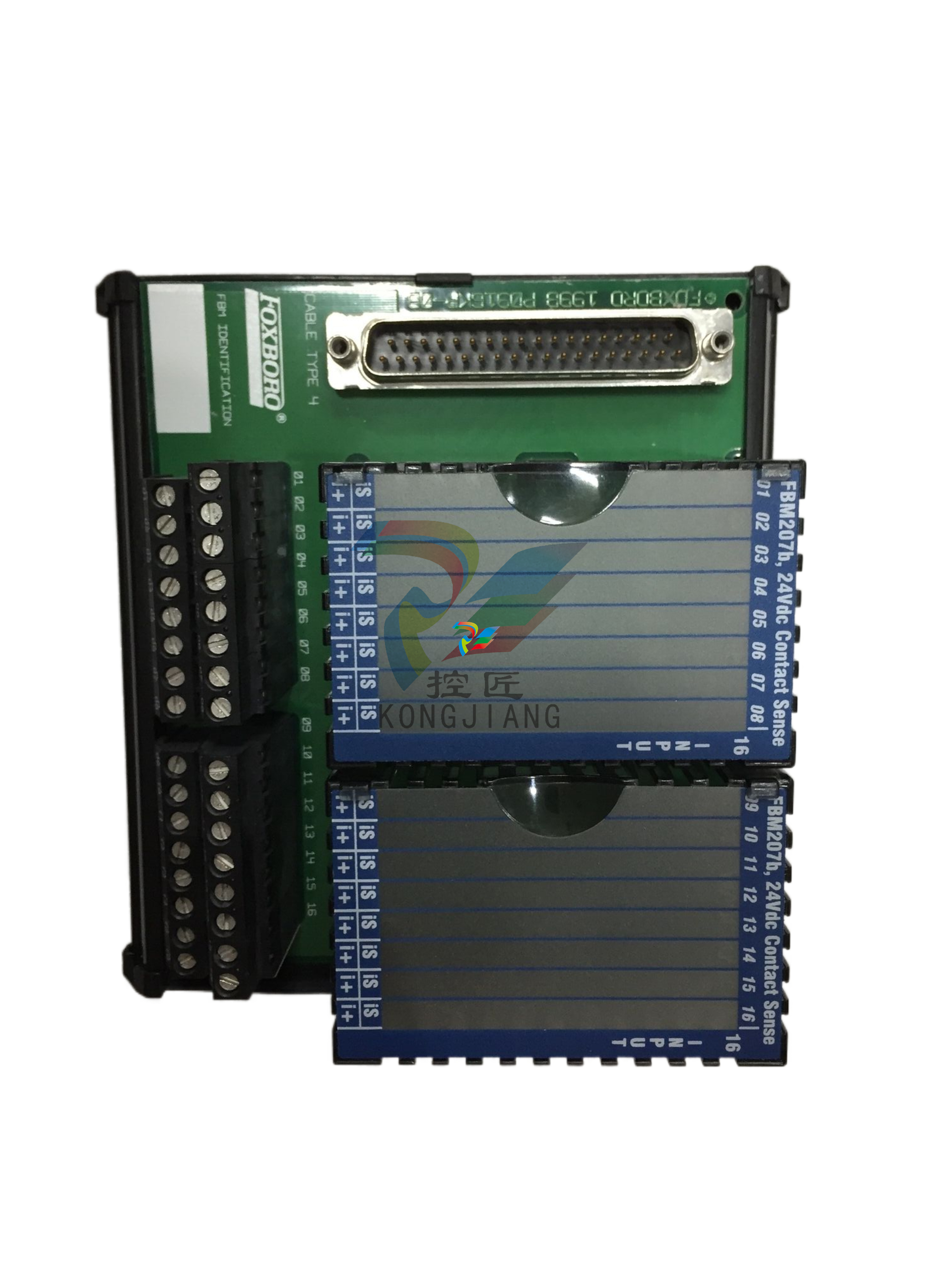
.jpg)
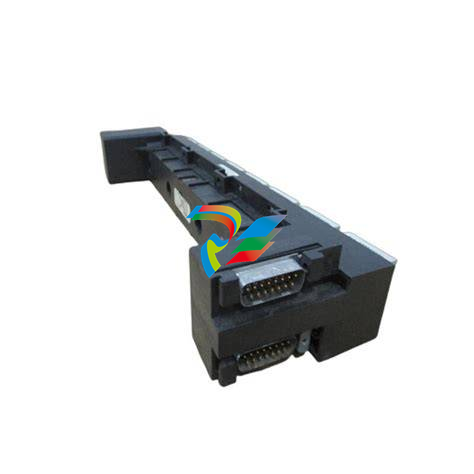
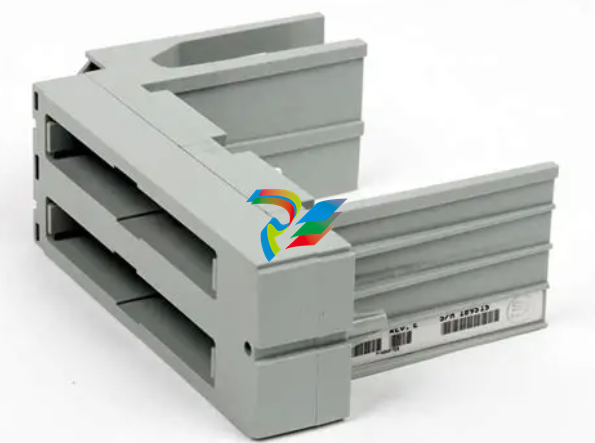
.jpg)
